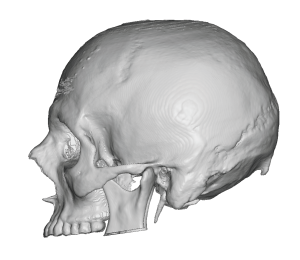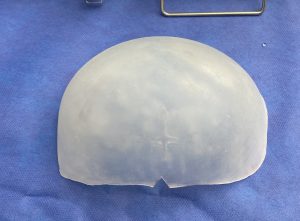Background: One of the most common areas for aesthetic skull augmentation is the back of the head. This is more true in men than women if for no other reason than it is more exposed due to short or no hair styles. But the back of the head can have differing degrees of flatness as well as the location of the flat area. In the most severe back of head flatness, seen in congenital brachycephaly, the back of the head is so horizontally short it looks like it is cut off. But more commonly the lack of projection is less severe.
More ‘garden variety’ flat back of the heads have two different locations. It can be, like brachycephaly, completely straight back (90 degrees) or higher and angled more superiorly. (45 degrees) The angularity of the flat back of the head is reflected in where the maximum projection is needed. Horizontal flatness is lack of roundness of the occipital bone so the projection needed is more occipital bone based. The 45 degree variety is higher and is centered more over the biparietal central area either at the junction of the sagittal and lambdoid sutures or over the original posterior fontanelle region.
Regardless of the location of the flatness it is important to be aware that the soft tissues overlying the back of the head is the thickest and most adherent part of the scalp. This means it will be tight and requires considerable release to create the implant pocket usually done from a low horizontal scalp incision. It also has relevance in the implant design to not make it have too much projection or implant volume. While a good design rule for skull augmentations in general is to not exceed 150ccs of volume, one may be even under the volume on the back of the head due to potential soft tissue restrictions.
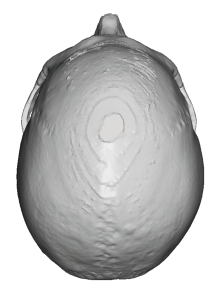
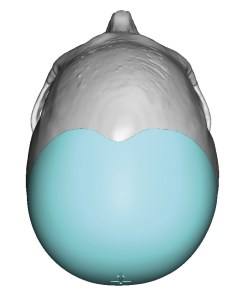
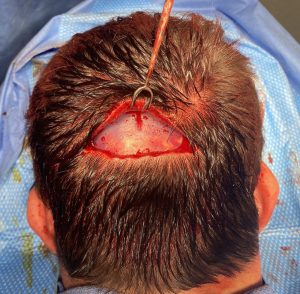
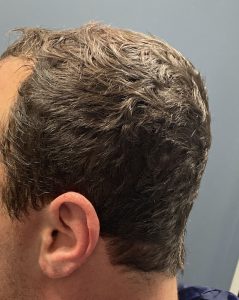
The design of a custom skull implant is, of course, critical. But knowing how to get it into place through a scalp incision that is much smaller than the diameter of the implant is the surgical challenge that is neither easy nor obvious how to do so.
Case Highlights:
1) Augmentation of the back of the head falls into two general categories, horizontal and oblique projections.
2) The volume of back of the head skull augmentations must be carefully considered in the design as the adherence and stretch of the scalp on the back of the head is the most restrictive,.
3) Designing a skull implant is one skill but getting it through a small scalp incision and correctly oriented is a separate surgical skill.
Dr. Barry Eppley
Indianapolis, Indiana




